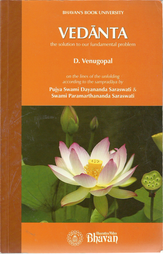*** Read Part 3 *** *** Go to Part 1 ***
The term ‘neo-Vedanta’ is used these days to describe the teaching of Ramakrishna and Vivekananda followers. It is characterized by ideas such as the need to ‘experience’ Brahman through samādhi, since Self-knowledge is only an ‘intellectual’ understanding. Up until the late 20th C, it was also sometimes called neo-Advaita. It diverges from the Advaita as systematized by Śaṅkara because Vivekananda was adversely influenced by Yoga philosophy, incorporating some of their teaching and denigrating the scriptural authority of the Vedas. I am not addressing this further in this article. Read the excellent book by Anantanand Rambachan – ‘The Limits of Scripture: Vivekananda’s Reinterpretation of the Vedas’ – if interested. (Amazon UK; Amazon US)
My own book ‘Confusions in Advaita Vedanta – Knowledge, Experience and Enlightenment’ also has an account of the differences, and sources of confusion. (Exotic India; Amazon US). (N.B. there only seems to be a hardback available at Amazon UK at present, at a ridiculous price. Exotic India is much cheaper. It is in US but has free postage to UK. Alternatively, probably cheapest of all from the publisher, Indica Books, in India.)
Continue reading


